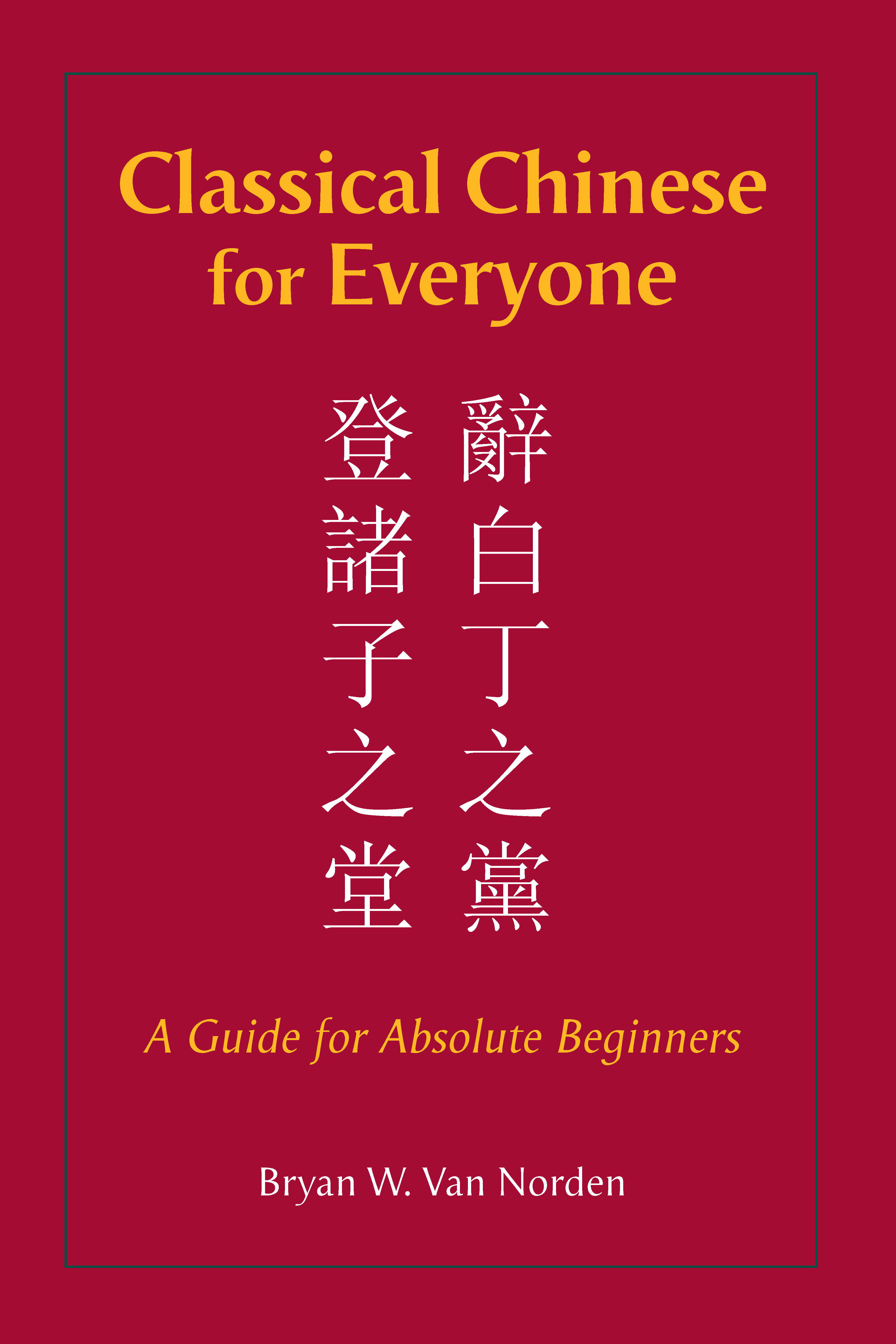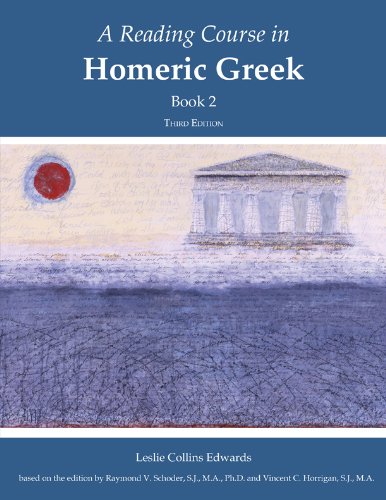Venetian-English English-Venetian : When in Venice Do as the Venetians
by Lodovico Pizzati
2020-04-22 22:30:23
Venetian-English English-Venetian : When in Venice Do as the Venetians
by Lodovico Pizzati
2020-04-22 22:30:23
Have you ever wondered what gondoliers speak to one another across Venetian canals? No Italian dictionary will help you decipher what they say. What they speak is not a secret code, but a language also shared by shop keepers, waiters and hotel concie...
Read more
Have you ever wondered what gondoliers speak to one another across Venetian canals? No Italian dictionary will help you decipher what they say. What they speak is not a secret code, but a language also shared by shop keepers, waiters and hotel concierges throughout Venice, as well as millions of other people in the surrounding territory. From the valleys in the Dolomites down to the Northern Adriatic shores, in cities like Verona, Vicenza, Padua, Treviso, Trieste and Venice, people speak one common mother tongue. This dictionary introduces the reader to this beautiful language once spoken by Marco Polo, Palladio, Vivaldi, Canaletto and Casanova, and now still vibrant and widely in use. With 30,000 Venet words and a corresponding 20,000 English translations, this dictionary makes this musical language, once preferred in the Renaissance for commerce, theatre and diplomacy, accessible to the world once again. Not only does this dictionary include word translations but it also offers an introductory chapter guiding the reader through historical curiosities and linguistic peculiarities. You will find that in ancient times this language was written in a distinct alphabet unlike the one used by the Greeks and the Romans. That it was used in the first neo-Latin vernacular writing in the 9th century AD, and that Galileo used it in his first assertion of the heliocentric system. You will discover what Dante really thought about it while in exile in Verona, the mythological roots in Homer's Iliad as well as the surprising presence of this language also in Latin America, still thriving since the late 1800s.
Less































